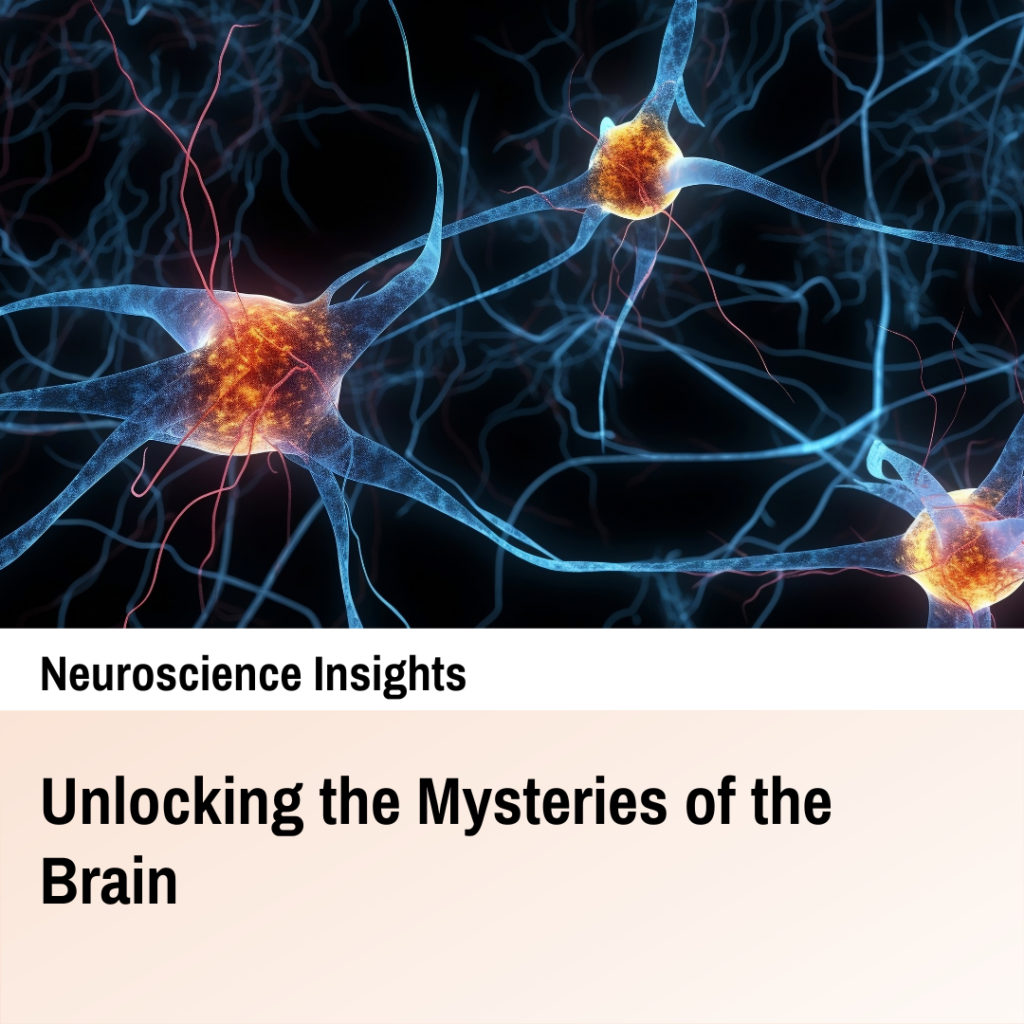Brain Regions and Their Functions
Introduction
The brain is a complex organ composed of various regions, each with specific functions crucial for behavior, cognition, and overall mental health. Understanding these regions and their roles can provide insights into how the brain works and how different parts contribute to our daily activities and overall well-being.
Major Brain Regions
Cerebrum
The cerebrum is the largest part of the brain and is responsible for higher brain functions, including thought, action, and sensory processing.
Cerebellum
The cerebellum is located at the back of the brain and is primarily involved in coordinating movement and balance.
Brainstem
The brainstem controls basic life functions such as breathing, heart rate, and blood pressure. It connects the brain to the spinal cord and is composed of the medulla oblongata, pons, and midbrain.

Lobes of the Cerebrum
Frontal Lobe
The frontal lobe is associated with executive functions, decision-making, problem-solving, and control of voluntary movements.
Parietal Lobe
The parietal lobe processes sensory information such as touch, temperature, and pain, and is involved in spatial orientation and body awareness.
Temporal Lobe
The temporal lobe is involved in processing auditory information, memory, and language comprehension.
Occipital Lobe
The occipital lobe is primarily responsible for visual processing.
Limbic System
Amygdala
The amygdala is involved in emotion regulation, particularly fear and pleasure responses.
Hippocampus
The hippocampus plays a crucial role in the formation and retrieval of memories.
Hypothalamus
The hypothalamus regulates autonomic functions, such as hunger, thirst, temperature control, and the endocrine system.
Brainstem Components
Medulla Oblongata
The medulla oblongata controls vital autonomic functions, including heart rate, breathing, and blood pressure.
Pons
The pons relays information between the cerebrum and the cerebellum and plays a role in sleep and arousal.
Midbrain
The midbrain is involved in motor movement, particularly movements of the eye, and in auditory and visual processing.
Cerebellum Functions
The cerebellum coordinates voluntary movements, maintains posture and balance, and is involved in motor learning and cognitive functions such as attention and language.
Additional Brain Structures
Thalamus
The thalamus acts as the brain’s relay station, directing sensory and motor signals to the appropriate areas of the cerebral cortex.
Basal Ganglia
The basal ganglia are involved in regulating voluntary motor movements, procedural learning, and routine behaviors.
Corpus Callosum
The corpus callosum is a bundle of nerve fibers that connects the left and right hemispheres of the brain, facilitating interhemispheric communication.
Brain Regions and Their Functions
| Brain Region | Function |
|---|---|
| Cerebrum | Higher cognitive functions, sensory processing, voluntary movement |
| Frontal Lobe | Decision-making, problem-solving, voluntary movement |
| Parietal Lobe | Sensory information processing, spatial orientation |
| Temporal Lobe | Auditory processing, memory, language comprehension |
| Occipital Lobe | Visual processing |
| Cerebellum | Coordination, balance, motor learning |
| Brainstem | Basic life functions (breathing, heart rate), connects brain and spinal cord |
| Amygdala | Emotion regulation (fear, pleasure) |
| Hippocampus | Memory formation and retrieval |
| Hypothalamus | Autonomic functions, endocrine system regulation |
| Thalamus | Relay station for sensory and motor signals |
| Basal Ganglia | Regulation of voluntary movements, procedural learning |
| Corpus Callosum | Communication between the left and right hemispheres |
Common Disorders Associated with Brain Regions
Stroke
A stroke can damage any part of the brain, leading to loss of function related to the affected area.
Alzheimer’s Disease
Alzheimer’s disease primarily affects the hippocampus and cerebral cortex, leading to memory loss and cognitive decline.
Parkinson’s Disease
Parkinson’s disease involves the degeneration of neurons in the basal ganglia, leading to motor control issues.
FAQs
What are the primary functions of the cerebrum?
The cerebrum is responsible for higher brain functions, including sensory processing, voluntary movement, reasoning, and language. It is divided into four lobes, each with specialized functions.
How does the cerebellum contribute to motor control?
The cerebellum coordinates voluntary movements by integrating sensory information and fine-tuning motor activity. It also helps maintain posture and balance.
What role does the limbic system play in behavior?
The limbic system, including structures like the amygdala and hippocampus, is involved in emotion regulation, memory formation, and processing of rewards and punishments.
How does the brainstem support basic life functions?
The brainstem controls vital autonomic functions such as breathing, heart rate, and blood pressure. It also serves as a conduit for neural signals between the brain and spinal cord.
Conclusion
Understanding the specific functions of different brain regions provides valuable insights into how the brain controls behavior, processes sensory information, and maintains overall mental health. Advances in neuroscience continue to deepen our knowledge of these complex processes, leading to improved treatments for neurological and psychological disorders.
